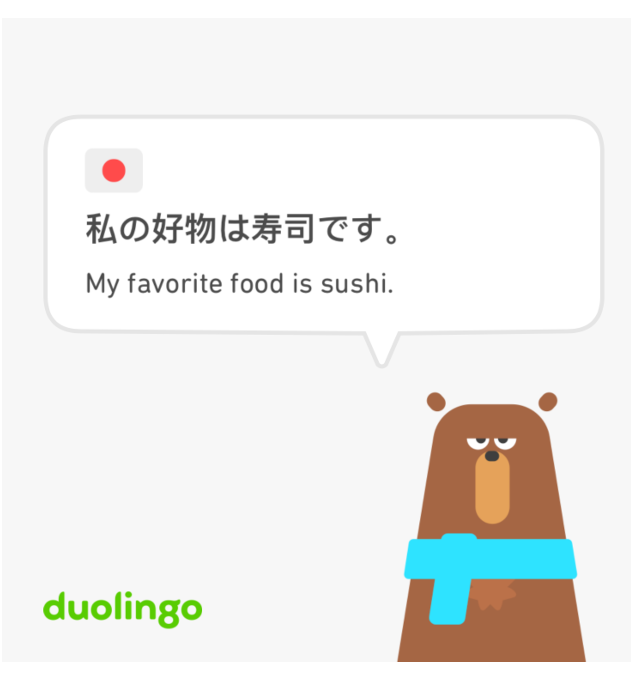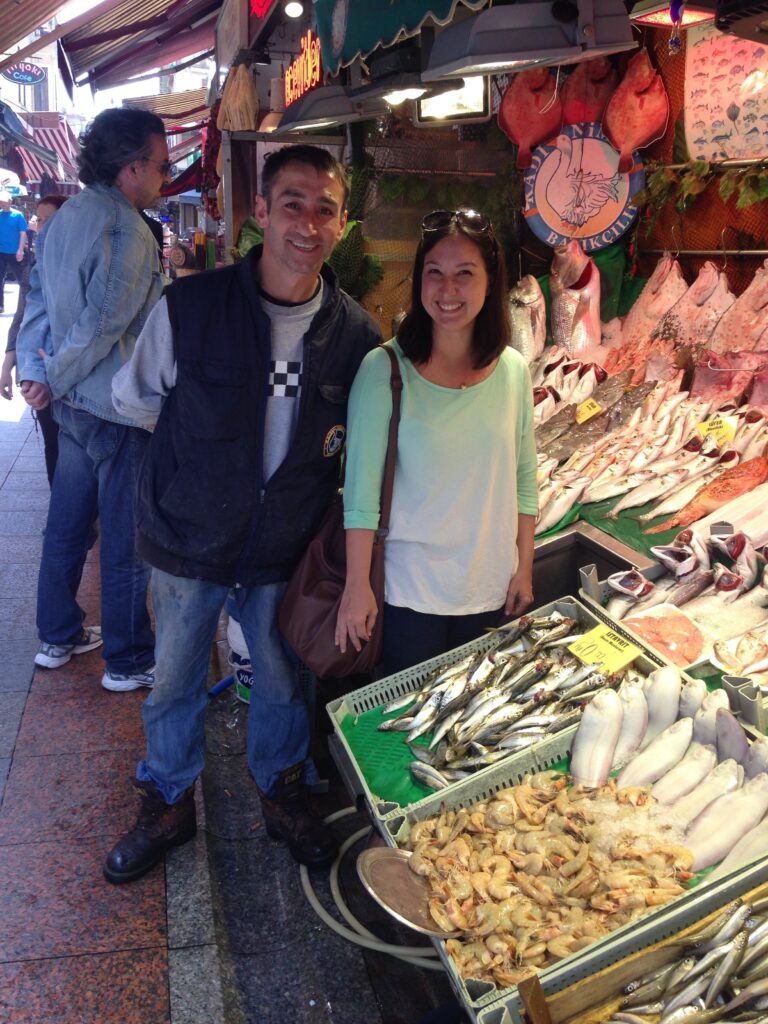5 Food Phrases for Your Next Trip Abroad + Bonus ChatGPT Prompt for Foodie Travelers
This post may contain affiliate links, meaning I receive commissions for purchases made through those links at no cost to you. Please read my full disclosure for more information.
Table of Contents
I believe that food is a universal language.
It’s a common ground that unites us, no matter our background or history. To me, it’s also the quickest way to connect with a local culture when I travel. So even for a short trip, I really try to prioritize learning at least a few key phrases.
In this post, I’ll share my favorite food phrases with you and why they work so well, along with other basics that you may want to keep in your language toolkit.
Plus, I’ll share a technique for using AI such as ChatGPT to assist you in coming up with your own personalized food phrasebook to study.
5 Food Phrases for Your Next Trip Abroad
What do you recommend?
This is one of my favorite questions to ask, even if I can’t always understand the answer! 🤣
It often leads to a fun interaction because it shows genuine interest in the person helping you. Of course, it might be more difficult if the restaurant is busy, but if there’s time and the person is patient, a smile and friendly body language can go a long way.
I’ll point to the person and say “you,” then point to the menu and use the universal sign for a question—an exaggerated shrug, as if to say, “Which one?”
Can I taste it / Can I try this?
If you’re at a market this one can be really helpful!
In many cultures, it’s common to taste or try a piece of the fruit, cheese, etc. that you are shopping for before making your selection. Here you will want to pay attention to those around you and what they are doing. You may even be offered a sample before you ask!
If not, it is an easy one to practice, and it will help you decide what to buy for your next picnic, snack or souvenir to take home.

Is it spicy?
Most people have preferences one way or another and many cuisines have fiery levels of spice, so it’s good to ask in advance to avoid an uncomfortable situation later!
The words or gestures for yes/no or something simple like thumbs up / thumbs down to express those can be used next in the interaction.
Can I have the bill, please?
For Americans traveling abroad, the act of asking for the check can sometimes be a bit of culture shock.
In the US where it’s common for the server to be relying on your tips for their living wage (and also hoping to turn over your table quickly to the next party) it is usually not so hard to get the server’s attention when you need the bill.
But in many foreign countries, tipping culture is totally different and it can sometimes be considered rude to disturb you at the table, so flagging down your server to get the bill might take some effort!
The universal sign for “signing for the bill” is pretty commonly understood, but it doesn’t hurt to learn the word for check/bill and it’s easy to practice it in this situation.
It’s delicious!
My favorite phrase of all.
People are always so proud of their food and their culture – maybe even more so if you’ve asked for their recommendation or shown an interest in their cuisine.
I love being able to say “it’s delicious” because it is a great way to show my appreciation and to leave the restaurant on a warm note.
Have questions or need help? I’ve got you!
Other Phrases to Practice While Traveling
Greetings / Basics
If you learn nothing else, you will want to practice things like “hello” and “please” and “thank you” in your target language. You’ll be using these in restaurants, at the hotel, when shopping, and more.
It’s also much more respectful to learn to ask “Do you speak English?” in their language, rather than asking in English!
Pro tip: It may comes as a surprise to some that the word for the English language is not always English – for example in Japanese, the word for the English language is eigo and in Swahili its Kiingereza.
Ingredients / Dietary Restrictions
If you have any special requests or requirements, you will want to learn to spot key ingredients on a menu. For example, if you’re a vegetarian it would be great to learn how to say “I am a vegetarian” or to learn the words for meat or types of meat, so that you know what to avoid.
Pro tip: This would also be another great excuse to start your trip with a culinary experience as you can have a local guide give you some pointers on dishes you might want to try and/or phrases to use or things to avoid.
If you have a medical condition, a bit of advance research can help you to travel and eat safely! For example, Jodi Ettenberg of Legal Nomads created an entire line of cards designed to help travelers with celiac disease to explain this by using her Gluten Free Translation Cards and celiac travel guides.

✨ Eat your way through 10 Iconic Istanbul Street Foods.
Download your free Istanbul Street Food Scavenger Hunt. 😋🔎
Numbers
One of my favorite ways to practice a language is by shopping at a local market. Not only is it fun, but it allows me to people-watch and see how locals shop and what’s in season.
It also provides a low-stakes interactions that have repeating vocabulary by asking “how much is it?” and then listening for numbers.
At first you may not understand the responses, but it is a nice ice-breaker! People may switch to English if they see you struggling, use their fingers to hold up amounts or point to signage, or for larger numbers they may (or you may) opt to type out the numbers on a calculator.
The main point is not to understand perfectly though, it’s for the interaction and connection!
Click the video above for my chat with Maria Monastirioti of Mama’s Flavours in Kalamata, Greece and some tips she gave me to use while visiting Kalamata’s wonderful farmer’s market. You can also check out all of Mama’s Flavours tours if you will be visiting the Peloponnese.
BONUS: ChatGPT Prompt for foodie travelers
Here’s a prompt that you can copy and paste into ChatGPT (the free version is fine for this):
“I want to create a personalized food phrasebook for my travels. Please ask me questions to gather information about my destination, the language I need, the dining situations I might encounter, and any dietary restrictions or preferences I have. Once you have the details, create a list of at least 10 essential food-related phrases in the requested language. For each phrase, include:
- The phrase in [language].
- A phonetic pronunciation guide.
- When and how to use it.
- Cultural tips or etiquette related to dining in the destination.“
Once you have pressed enter, you will be prompted to answer questions about your trip and what you may need.
Treat ChatGPT as your assistant and the first results as your starting point. You can make requests to refine, clarify, or to add other things you may want to learn.
Have fun and safe travels! ✈

